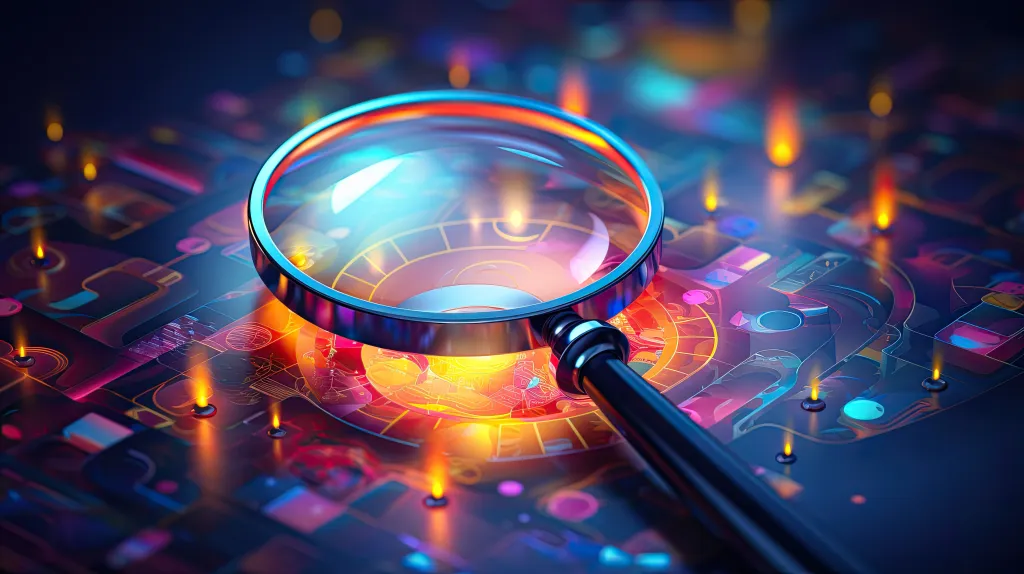The Rise of AI-Generated Content
As artificial intelligence continues to shape the digital world, distinguishing between human-written and machine-generated content has become more challenging. Tools like ChatGPT have made it easier than ever to create text that mimics natural human language. While this has opened new doors for efficiency and creativity, it has also raised concerns about authenticity and originality. This is where an AI detector becomes essential. With the right AI detector, you can quickly identify whether content was created by a human or generated using AI models like ChatGPT.
The use of AI content tools is growing rapidly, especially in blogging, academia, and marketing. However, not all content consumers or platforms are comfortable with AI-written material. To address this, many professionals rely on an ai detector to assess the origin of text. Stay ahead with It’s AI — RAID’s highest-ranked AI detector. Whether you’re a teacher evaluating a student paper or a content editor reviewing blog submissions, an AI detector helps you make informed decisions.
How an AI Detector Works
An AI detector analyzes the structure, patterns, and linguistic features of a text to determine the likelihood that it was generated by artificial intelligence. Most tools are trained on large datasets containing both human-written and AI-generated content. They compare the given text to these datasets and generate a probability score, indicating how likely the content was written by an AI like ChatGPT.
One key advantage of an AI detector is its ability to detect subtle signs of automation—repetitive sentence structures, overly formal tone, or lack of personal insight. These patterns are more common in AI-generated text than in human-written work. By scanning for these markers, an AI detector can help distinguish genuine human expression from algorithmic generation.
Why You Should Use an AI Detector
As AI content becomes more common, the need for transparency and accountability is growing. An AI detector gives users confidence that the content they’re reading—or publishing—is authentic. This is especially important in areas like journalism, education, and professional writing, where trust and credibility are essential.
Using an AI detector also protects the integrity of your brand. If you’re a business or influencer who values original voice and thought leadership, relying on unchecked AI-generated content can damage your reputation. A quick scan with an AI detector allows you to verify content before it reaches your audience. It acts as a digital filter that keeps your content genuine and trustworthy.
AI Detector for Editors and Content Reviewers
Editors and content reviewers are under constant pressure to maintain quality and originality across multiple channels. Whether they are managing guest blog submissions, reviewing freelance work, or curating content for academic journals, an AI detector makes their job easier. With one scan, they can determine if the work has the natural flow of a human writer or if it shows signs of AI involvement.
By using an AI detector, editors can enforce content standards more effectively. It ensures that all published work aligns with the publication’s tone, style, and values. Moreover, it reduces the risk of publishing articles that may not meet editorial guidelines regarding originality.
Educators and the Role of AI Detection
Educational institutions are also adapting to the rise of AI writing tools. While students may use platforms like ChatGPT to draft assignments, it’s important for educators to understand the origin of the work. An AI detector helps teachers evaluate whether an essay or report was independently written or heavily influenced by AI.
This tool supports academic integrity and ensures that students are genuinely engaging with course material. An AI detector helps maintain fair evaluation and encourages original thinking in academic writing. As schools and universities develop policies around AI usage, detection tools are becoming part of their standard workflow.
Empowering Writers with an AI Detector
While an AI detector is often seen as a tool to “catch” AI-generated content, it also benefits writers themselves. Human writers can use it to check their own work, especially when using AI as a brainstorming aid. Writers can identify which parts of their content may seem too artificial and revise accordingly. This leads to a more personal, expressive, and authentic final product.
In the creative process, the AI detector becomes a writing companion—guiding the author toward a voice that feels more natural. It supports originality rather than suppressing it. For those who collaborate with AI tools, this is a way to strike the right balance between machine assistance and human storytelling.
Future of Content and the Role of AI Detectors
As AI models like ChatGPT become more advanced, the line between human and machine writing will continue to blur. This makes the role of the AI detector even more critical in preserving authenticity. It is a tool that adapts alongside AI, constantly learning and improving to provide accurate results.
The AI detector is not just about filtering content—it’s about upholding standards in a rapidly changing digital landscape. It helps creators, publishers, and readers stay grounded in truth, transparency, and trust. In an age where anyone can produce high-quality text with a few prompts, the AI detector is your tool for ensuring what you read—and write—still carries the mark of human originality.
Conclusion: Stay Ahead with the Right AI Detector
In a world flooded with AI-generated content, it’s essential to stay informed and equipped. Whether you’re a content creator, editor, teacher, or reader, using an AI detector helps you navigate this new landscape with confidence. It gives you the power to differentiate between machine and mind, ensuring your content remains authentic and your standards uncompromised.



